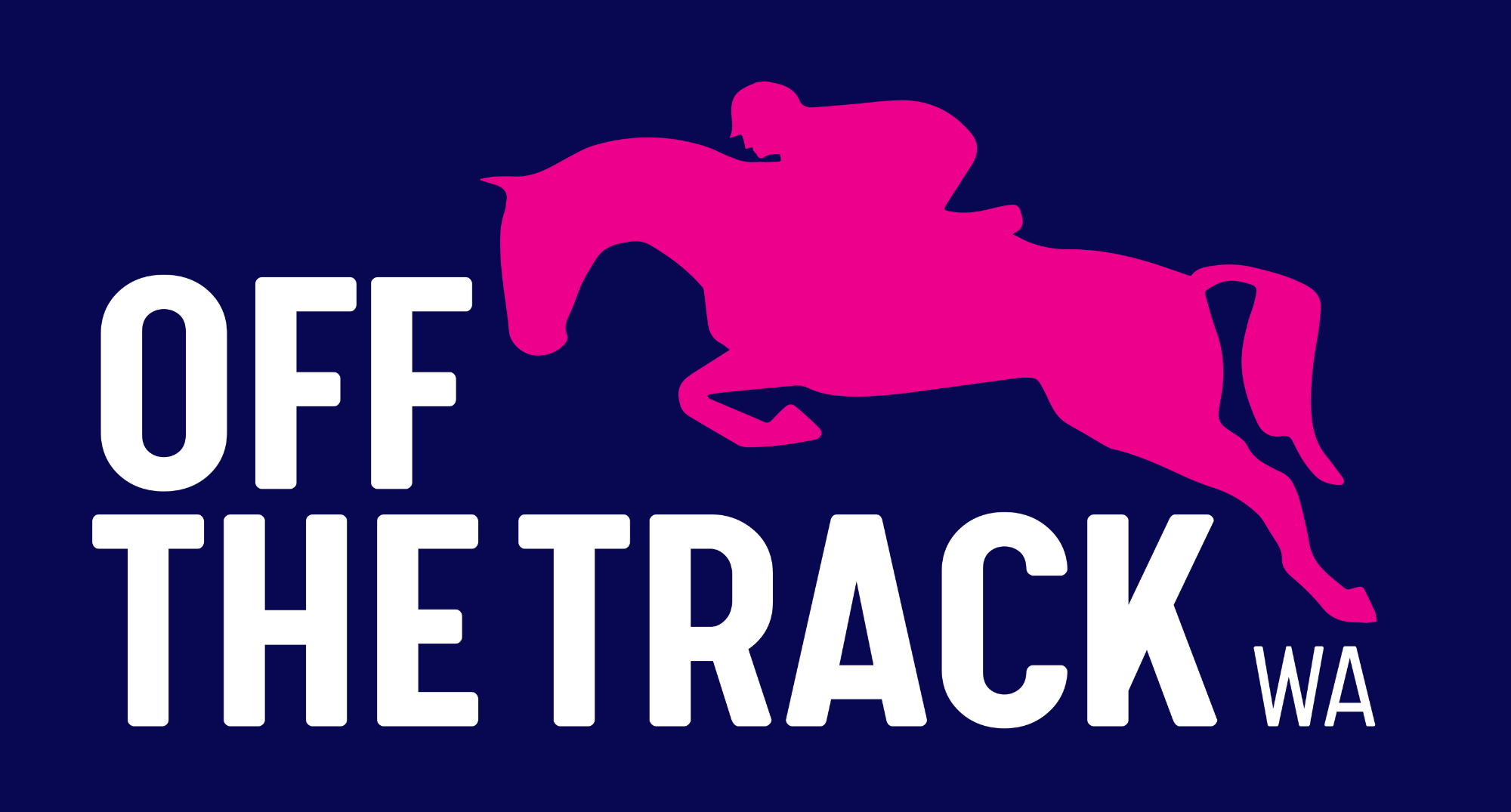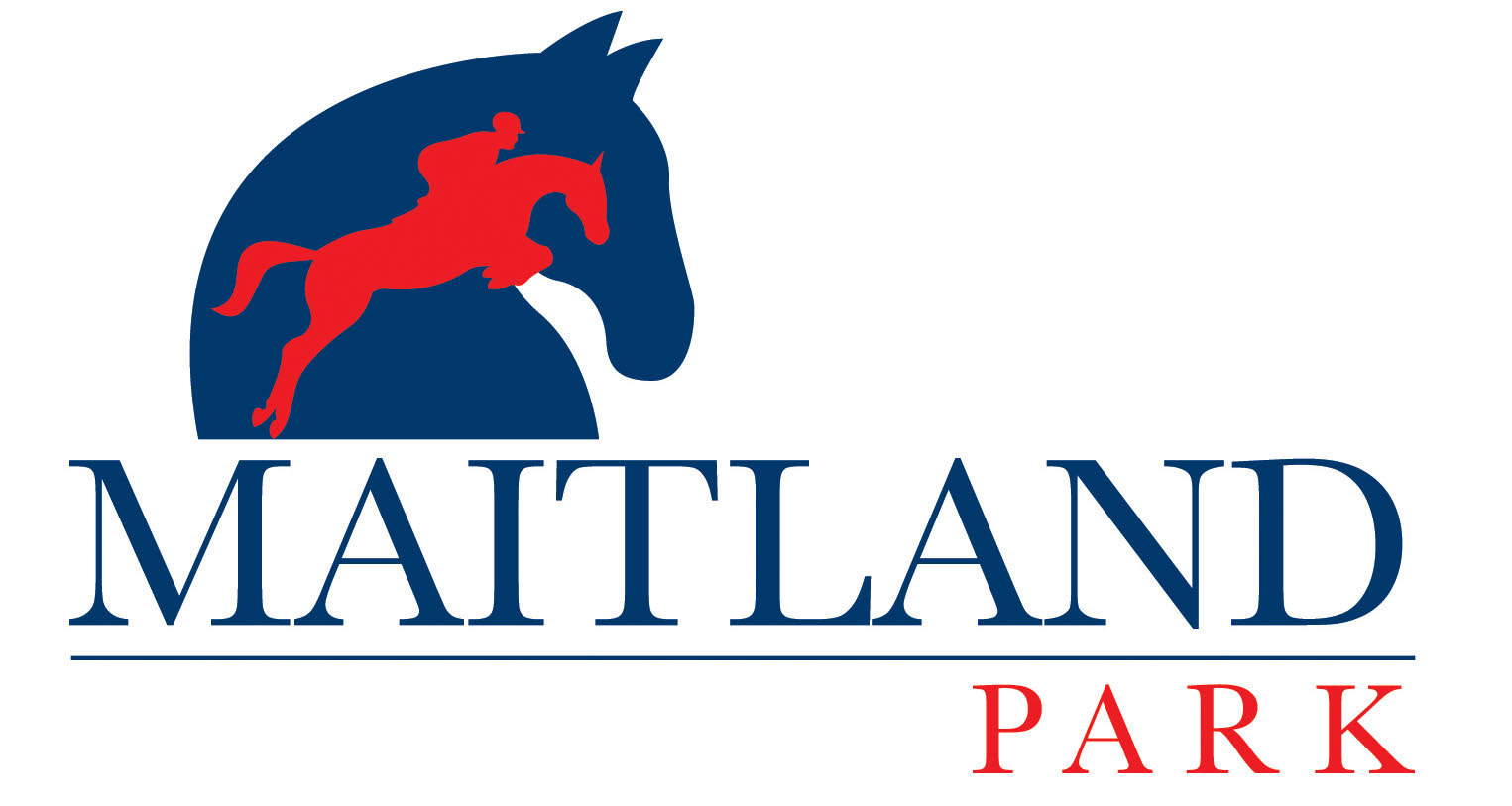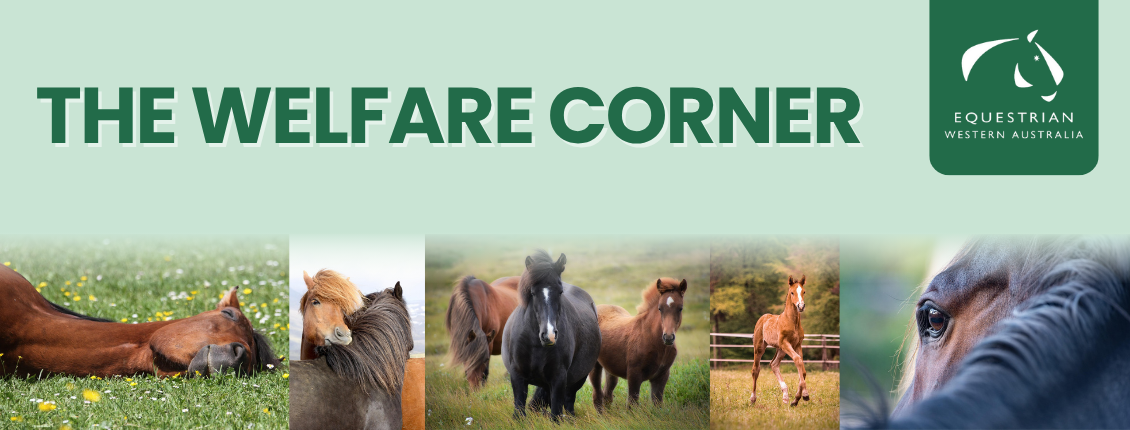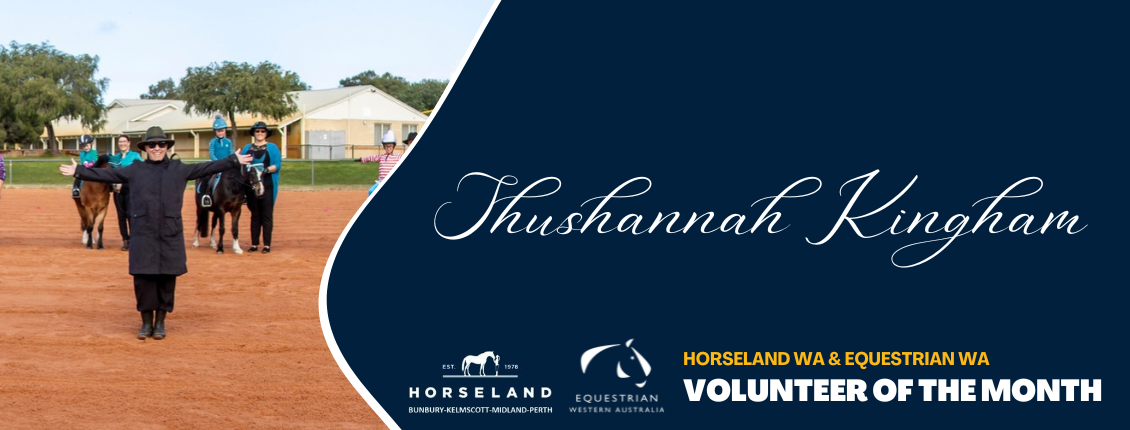
Thunderstorm & Lightning Policy & Procedures
Thunderstorm and lightning activity is a risk that can cause severe injury or death to people and animals participating in equestrian events. Due to the unpredictability of electrical storms the following guidelines have been developed to minimise these risks.
Equestrian Western Australia Incorporated (EWA) have adopted the following policy and safety procedures relating to the suspension and resumption of equestrian related activities. This policy can be applied to all EWA disciplines and coaching activities including all events held at the State Equestrian Centre.
Guidelines
- Officials are to check for any current severe weather warnings on the day of the activity.
- In the event of a severe weather warning it is important (where possible) to access up to date information from the Weather Bureau website.
This is available at the following internet address: www.bom.gov.au.
The following link provides a basic understanding of how to interpret the weather radar imagery: www.bom.gov.au/weather/radar/about/radar_images_intro.shtml
This website provides updated weather warnings and the radar imagery section allows for tracking storm cell trajectory. The weather radar imagery cannot be relied upon exclusively to detect thunderstorm and lightning activity. It is important to note that the weather radar reflects off rainfall and ice within, and falling from clouds. It does not indicate the presence of lightning, as lightning can be produced where no rainfall is evident. - The Weather Bureau (Information officer) can also be contacted for updated information and advice on 9263 2222. Please note that this telephone service is only available on weekdays.
- The most practical technique is to apply the 30/30 “Flash to Bang” rule. The 30/30 rule relates to the duration between the flash of lightning and clap of thunder. This rule is based on the fact that light travels faster than sound, and given that sound travels at a speed of around one (1) km every three (3) seconds, the time that elapses between the flash of lightning and associated clap of thunder can be divided by three (3) to give a measure of how far away the storm is in kilometres.
- When weather warnings begin and storm activity is detected a designated “Weather Watcher” will be appointed by the official in charge to monitor storm activity, record information from the Weather Bureau and document details when applying the 30/30 rule.
- For the purpose of this policy when the “Flash to Bang” count approaches thirty (30) seconds the storm activity has breached the ten (10) km safety zone.
Suspension of Activity
- When it has been determined that lightning and thunder is within the ten (10km) safety zone of the venue, activities will be suspended.
- An on course announcement should be made to ensure all participants at the venue seek shelter and arrangements made to secure horses.
- In the event of activity being delayed as a result of the suspension of activity, the official will immediately notify the organiser of this decision. The official in charge will liaise with the “Weather Watcher” and monitor the situation and keep the relevant parties informed of the developments.
Resumption of Activity
- The second part of the 30/30 rule provides the criteria for the resumption of activity.
- As trailing storm clouds still carry a lingering charge, activity should not resume until thirty (30) minutes after the final recorded lightning and thunder activity within the ten (10km) safety range.
- It is important to emphasise that “blue skies and lack of rainfall” are not adequate reasons to resume activities early.
Record of Decision Making Process
In the event that activity is suspended or delayed it is important to document the reasons for these decisions. The Activity Report should be completed outlining this process.
Acknowledgement
EWA would like to thank Racing and Wagering Western Australia in allowing EWA to adapt and use this policy.












